In the past, creating accurate replicas of models and fantasy objects was a task left to the most talented of cosplayers. These props need not be functional, though. [Steve Johnstone] takes replica model-building to the next step. He’s designing and building a model airplane that flies, and he’s documenting every step of the way.
Armed with a variety of 3D printing techniques and years of model-building experience, [Steve] is taking the lid off a number of previously undocumented techniques, many of which are especially relevant to the model-builder equipped with a 3D printer in the workshop.
As he continues his video log, [Steve] takes you through each detail, evaluating the quality of both his tools and techniques. How does a Makerbot, a Formlabs, and a Shapeways print stand up against being used in the target application? [Steve] evaluates a number of his turbine prints with a rigorous variable-controlled test setup.
How can we predict the plane’s center-of-gravity before committing to a physical design? [Steve] discusses related design decisions with an in-depth exploration of his CAD design, modeled down to the battery-pack wires. Though he’s not entirely finished, [Steve’s] work serves as a great chance to “dive into the mind of the engineer,” a rare opportunity when we usually discover a project after it’s been sealed from the outside.
3D printing functional parts with hobbyist-grade printers is still a rare sight, though we’ve seen a few pleasant and surprisingly practical components. With some tips from [Steve], we may complete this video journey with a few techniques that bump us out of the “novelty” realm and into a space where we too can start reliably printing functional parts. We’re looking forward to seeing the maiden voyage.
Continue reading “3D Printing RC Airplanes That Fly: An Engineer’s Chronicle”

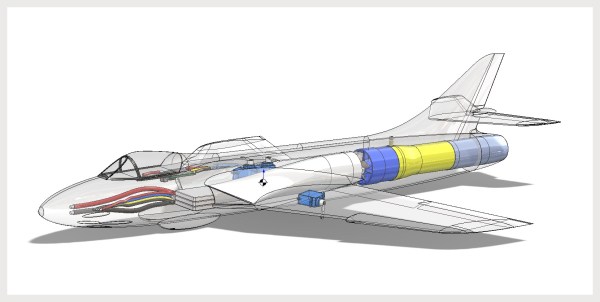
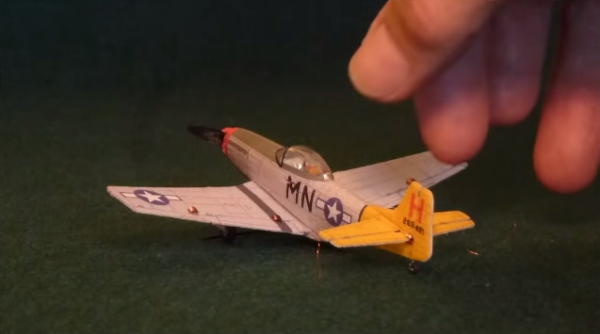
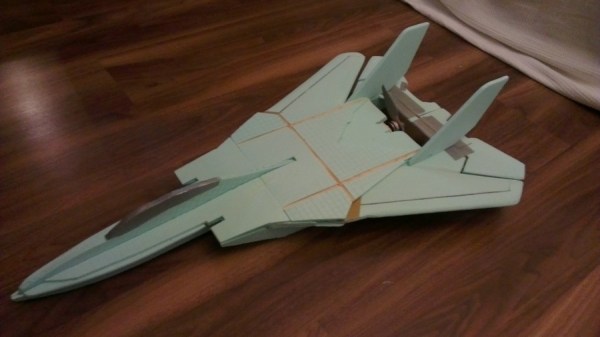
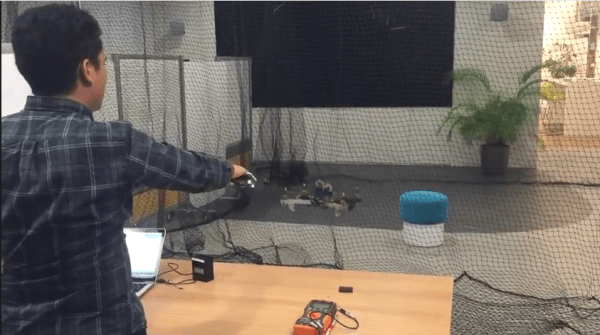
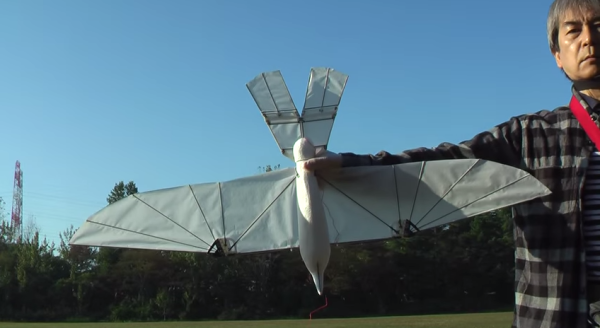

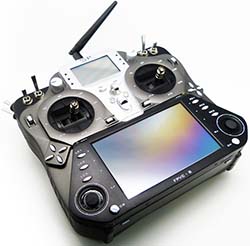 With few exceptions, most of The Hackaday Prize are things we really haven’t seen much of before: base-3 computers that have been relegated to the history books, extremely odd 3D printers, and fancy, new IoT devices are the norm.
With few exceptions, most of The Hackaday Prize are things we really haven’t seen much of before: base-3 computers that have been relegated to the history books, extremely odd 3D printers, and fancy, new IoT devices are the norm. 








